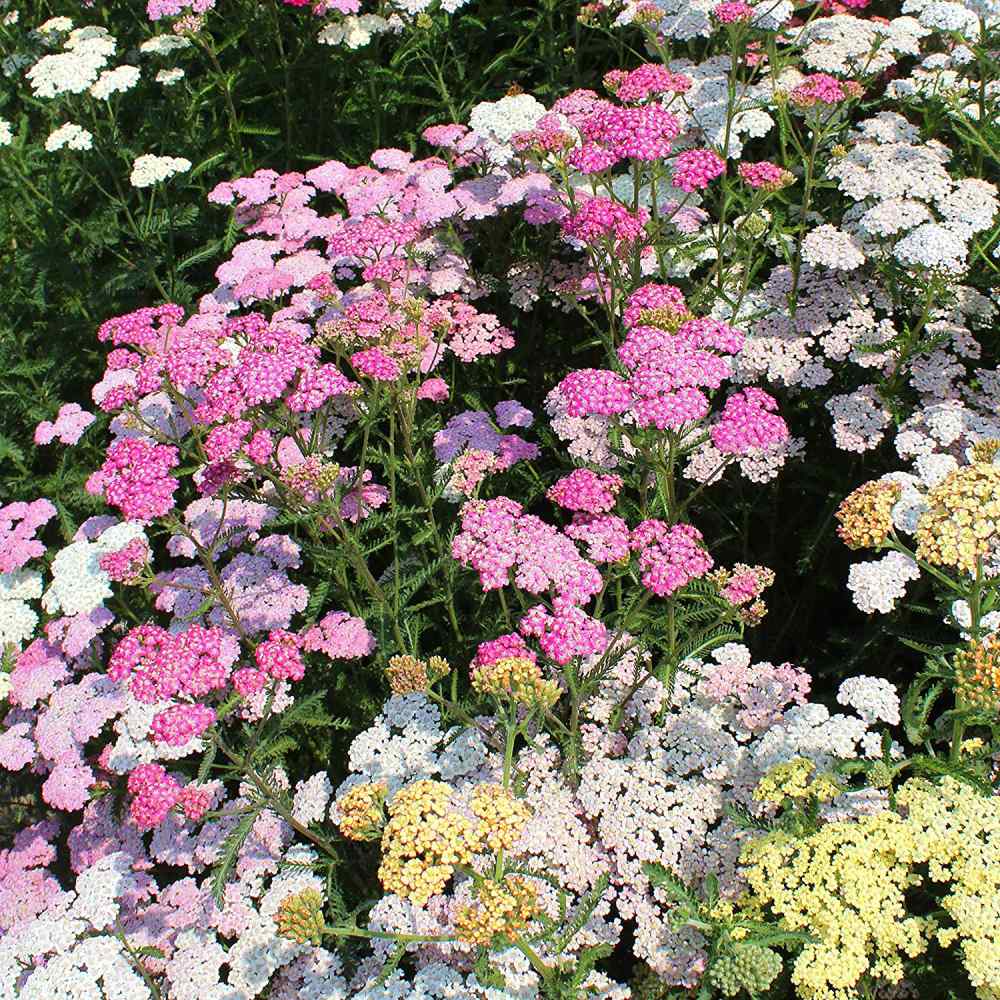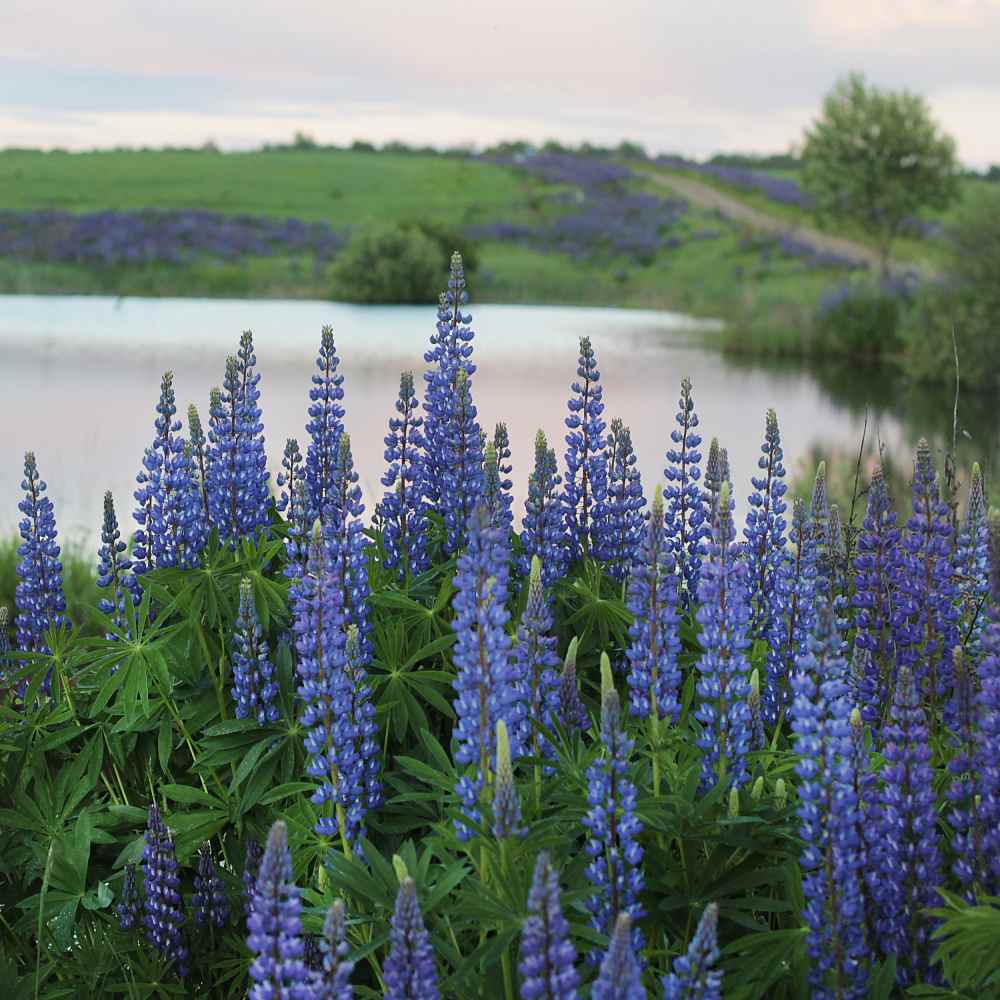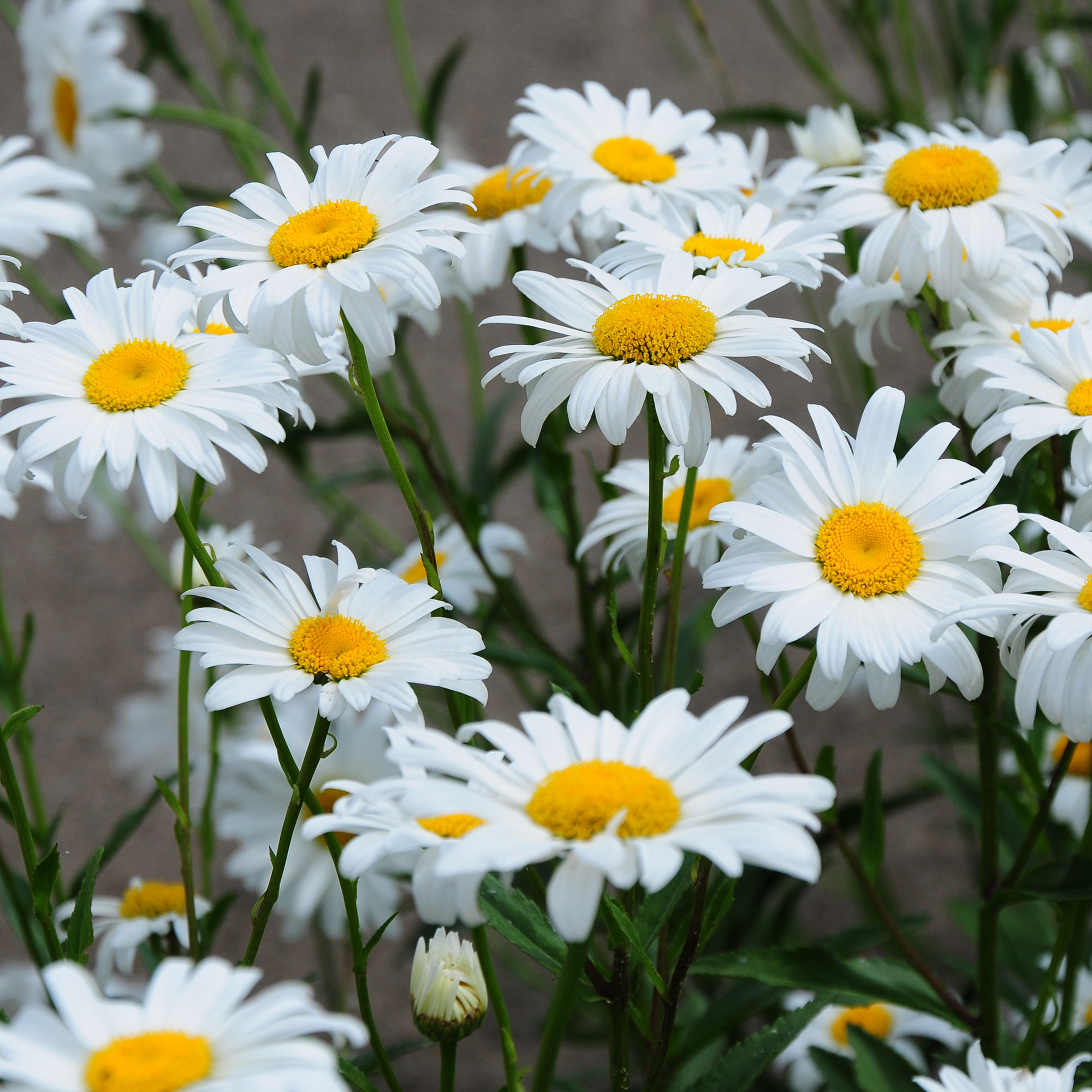
Siberian Wallflower Planting and Care Guide
Quick Facts About Wallflower
Siberian Wallflower did not get its name because it's shy! It got the common name due to the fact that it can grow out of a crack in cement or brick walls. In warm climates, it's grown as a short-lived perennial, and in cool climates, it is grown as an annual. Wallflowers are brightly colored, lightly scented, and pollinators are attracted to them. They are classic cottage garden flowers, and they can be grown for cutting and drying.
Planting Time
In cool climates, start Wallflower seeds indoors 6 - 8 weeks prior to the end of frost season. For areas with long growing seasons, the seeds can be started outdoors once frost season has passed in the spring. For warm climates, the seeds can also be started directly outdoors in the late fall.

Planting Location
Siberian Wallflowers like full sun, but in hotter climates, they would do best with morning sun and afternoon shade. They prefer sandy to gritty, well-draining soil. The plants do not tolerate wet conditions, and they prefer an alkaline pH of 7 and greater. Wallflowers are suited to containers as well as the garden or flower borders.
How to Plant Wallflower
- Fill starter trays with pre-moistened soil
- Add the seeds to the surface of the soil
- The seeds need light for germination so only lightly cover
- Place the trays in a warm, bright location and continually keep the soil moist by misting the surface daily
- Grow in a bright sunny window
- As temperatures warm outside and frost danger is passing, harden off the Wallflower seedlings for 7 - 10 days
- Transplant outdoors and provide some compost to the soil at the time of transplanting
- Space the plants about 10 - 12 inches apart
- Or, in the spring when soil is workable and frost danger has passed, weed the area and work the soil to the depth of 6 - 8 inches
- Work in compost to ensure that the soil will drain well
- Rake the soil and smooth it, planting Wallflower seeds on the surface
- Press the seeds into the soil and lightly cover
- Keep the area moist for germination
- Thin to the strongest plant every 10 - 12 inches

Care And Maintenance
- Water the plants regularly to help them establish
- Once established, Wallflowers are fairly drought tolerant and do not like to be kept wet, so water only during dry periods
- Deadhead regularly to promote continuted blooming and to neaten the plants
- If Wallflower is being grown as a perennial, trim the plant back in the fall and mulch around the base of the plant for some winter protection
- Wallflowers are in the Brassica family. It's suggested not to plant them in an area where other Brassicas are grown to prevent disease
- Fertilizers are not recommended but instead mulch with compost once a year




































